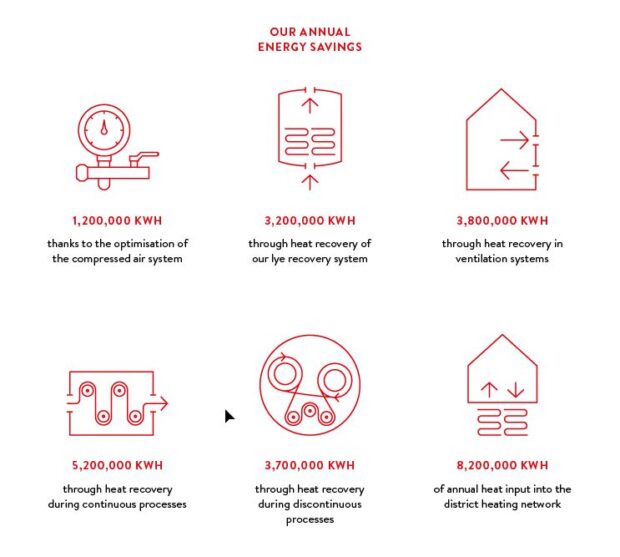It’s no secret that companies all around the world are trying to cut down on their carbon footprint.
As the global effort to combat climate change is in the media spotlight we wanted to take a look at how one of the biggest fabric manufacturers are doing their part and how you can help with your fabrics.
Getzner’s commitment
As a company, Getzner knows that climate change is a problem that our planet will face for years to come. Acting now is the only way to stay ahead of the curve and protect the environment for years to come.
The fabric company originally set out to cut down on its waste heat from the fabric manufacturing process, but since it started its environmental change campaign in 2000 technological advancements have meant it can change so much more.
Heat recovery
In the fabric world its heat that is one of the biggest waste products when making Getzner’s well-known fabrics such as the Wagambari range or the Phantom XL range.
Heat is a tricky waste product to utilise, most productions that give off heat as a byproduct tend to struggle with how it can be harnessed.
The heat in Getzners case came from compressors and gas heat exchangers from the boiler systems. With no obvious way to use the heat something had to be done to limit the waste.
Getzner came up with an ingenious method of transporting the heat to the surrounding public buildings via connecting to their existing heat systems.
In 2001 a network of over 2000 metres of heating pipe was constructed to supply the local public buildings at a cost to Getzner.
Each year the Getzner Textile outputs 8.2GWh in total, using 3.7Gwh to heat its own buildings and over 4.5GWh goes to the heating of public buildings.
The overall reduction
Along with supplying public buildings with the waste heat generated from the production process Getzner Textile have been updating their machinery to more economical models to bring its total carbon footprint down even more.
With all the above taken into account, Getzner as a whole managed to reduce their energy use by 17%, couple that with an annual energy saving of more than 1,200,000 KWh!
This saves the company more than €110,000
How can you reduce your carbon footprint with fabrics?
There are many things you can do to reduce your carbon footprint but directly talking about your fabric uses there are only a few things we can do.
- Use all scrap fabrics
We have a handy guide on how to use some of your scraps so they don’t get thrown away! You can find that here
- Reuse and re-purpose old dresses or creations
Your old dresses don’t have to be thrown away! they can be cut up and made into something entirely different.
Old dresses can be turned into blouses or skirts very easily.
- Buy from environmentally friendly sources such as Getzner
If all of the above hasn’t convinced you that Getznere is one of the most environmentally conscious fabric manufacturers then we urge you to take a look at Getzners commitment to being environmentally friendly here

